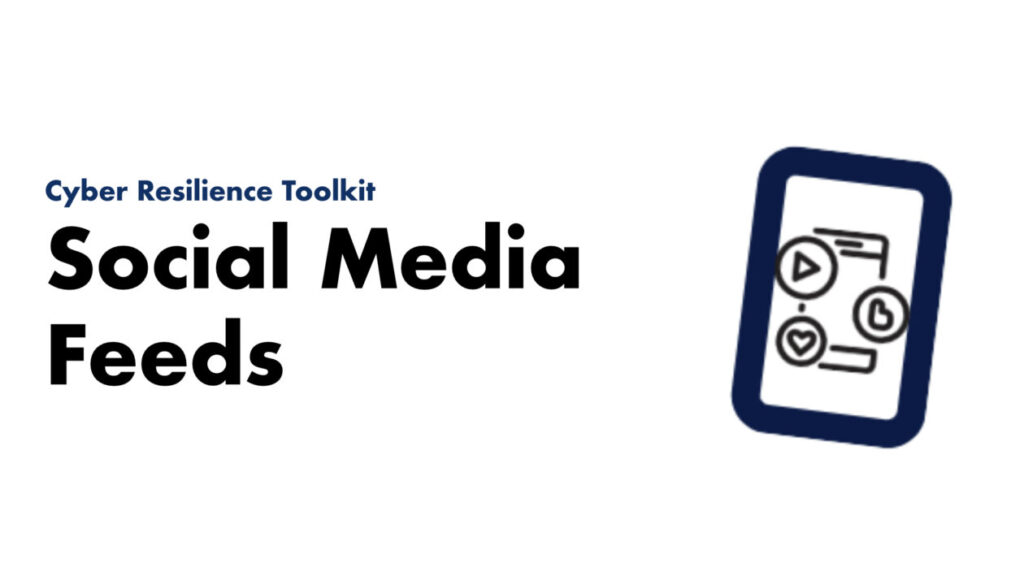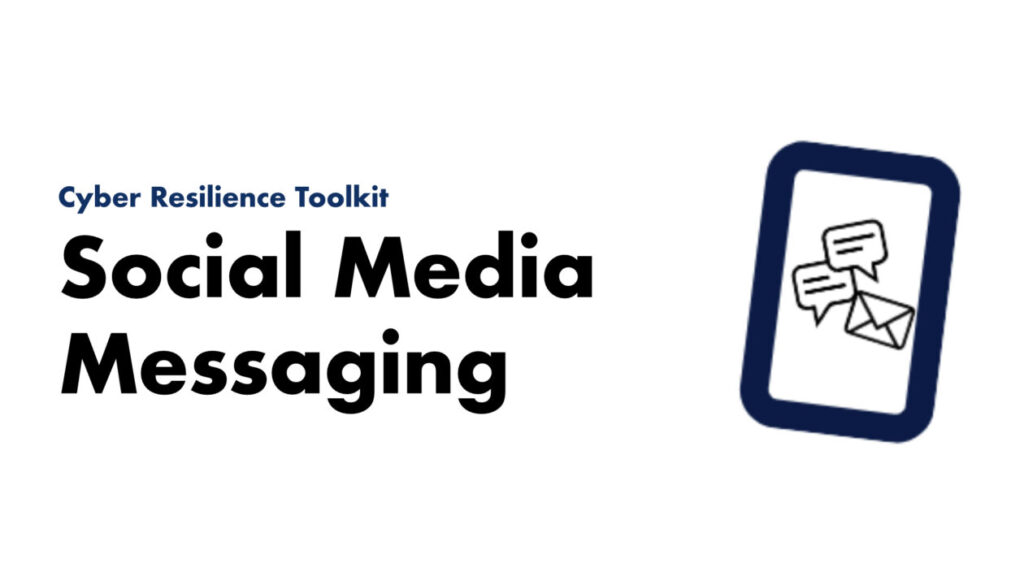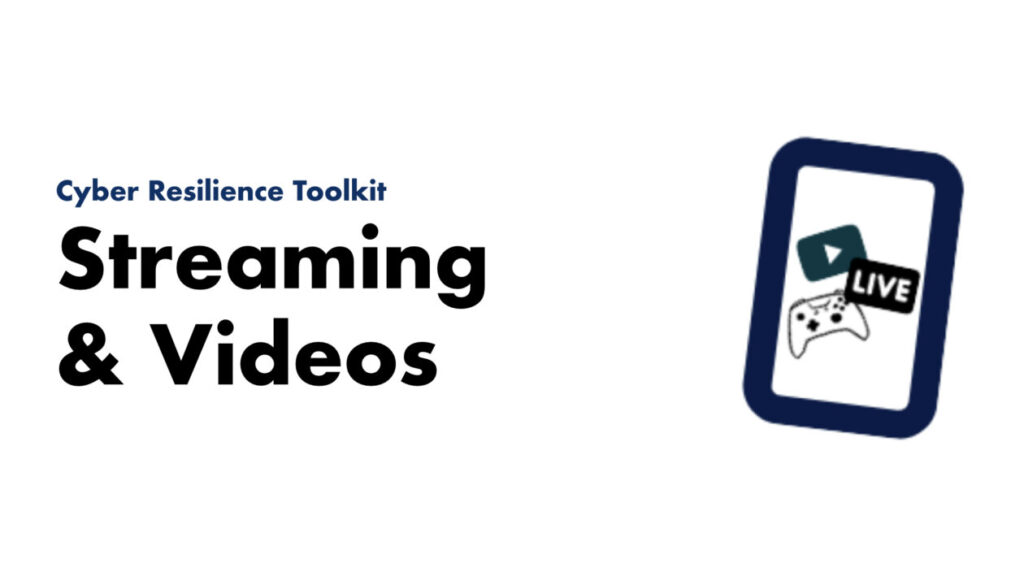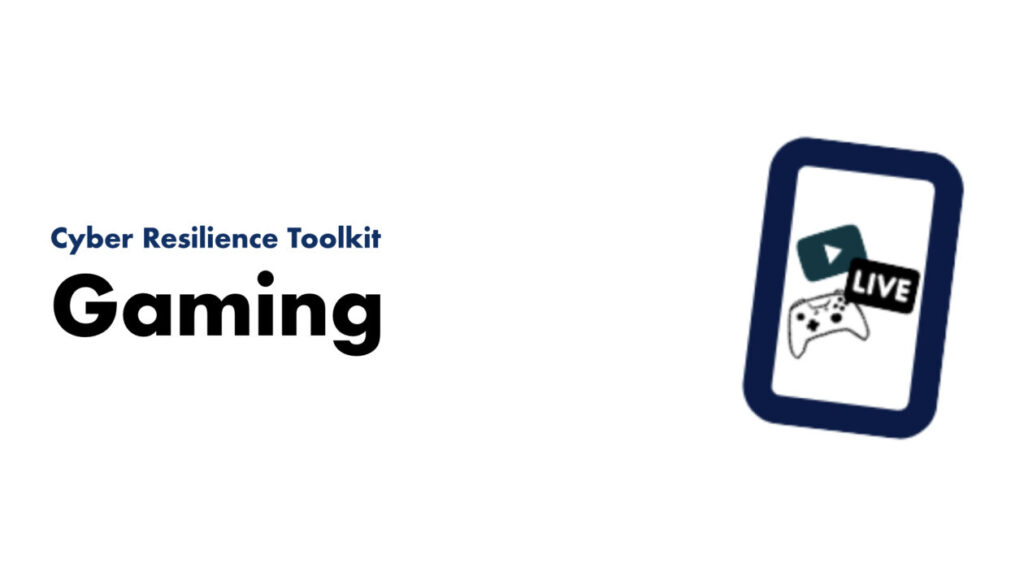Risk is the potential of something bad happening (Cambridge Dictionary) – we classify internet risks as:
Educators should support learners to understand and manage these risks by being able to:
- setup and account or device
- manage the account or device settings, such as who can see posts or messages
- report problems with other suers, such as unwanted contact
Consumption risks relate to the learner accessing content created by someone else. This can include text, online posts, games, videos, photos or audio. YouTube and TikTok are the common forms of video consumption. Social media platforms, such as Instagram, are more common for viewing posts.
The potential harm of inappropriate content is learners seeing, hearing or playing content that may not be appropriate for their age, such as violence, swearing or sexual imagery.
Creation risks relate to the learner creating content on their device. This could be any type of media but is most commonly video and photo. Almost any modern device has a camera to record video and capture images and these can be shared easily on apps such as Whatsapp, TikTok and Instagram.
The potential harm of creating content is closely linked to the risk of communication, when it is shared, and the threat of child sexual exploitation.
Creation risks relate to the learner creating content on their device. This could be any type of media but is most commonly video and photo. Almost any modern device has a camera to record video and capture images and these can be shared easily on apps such as Whatsapp, TikTok and Instagram.
The potential harm of communication is the impact of someone else’s behaviour on the learner. Typically this is in the form of cyberbullying but can also be child sexual exploitation.





